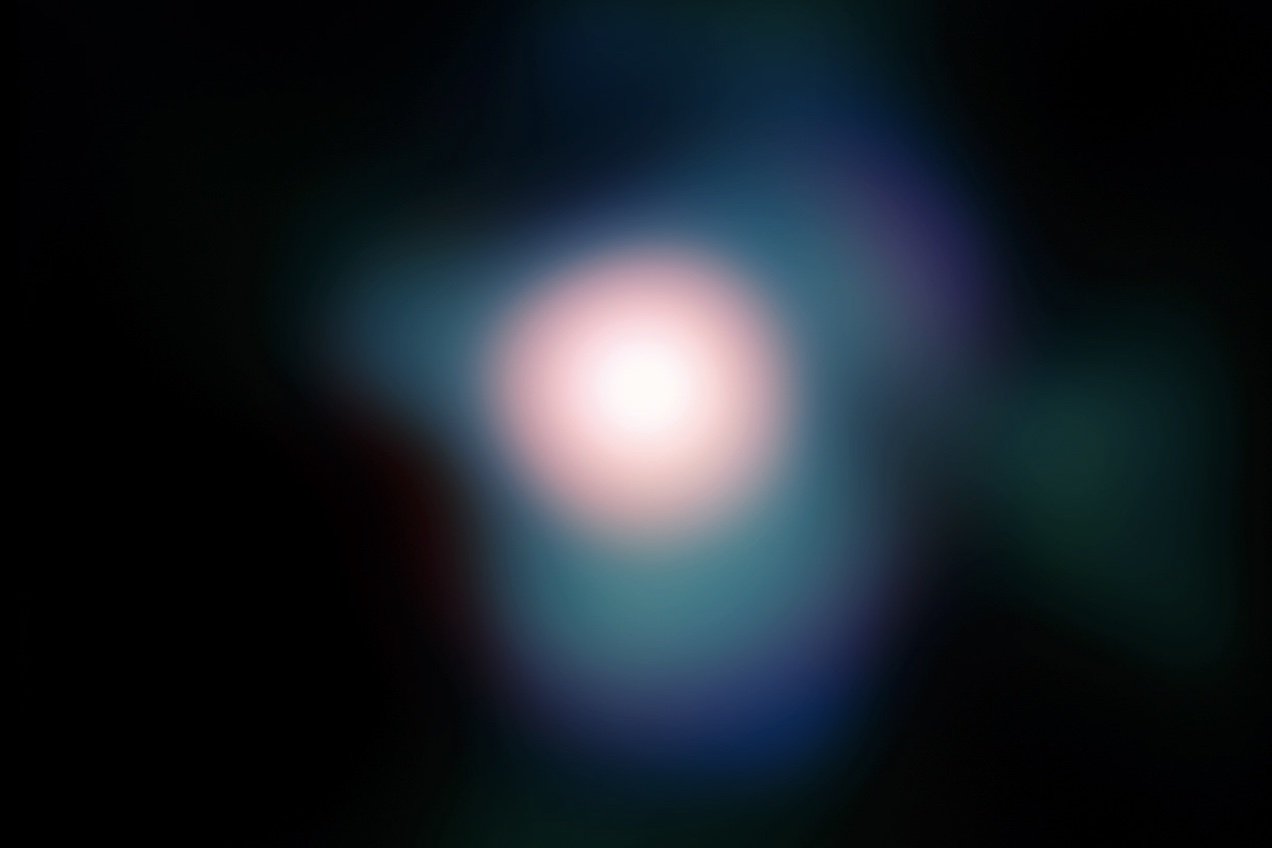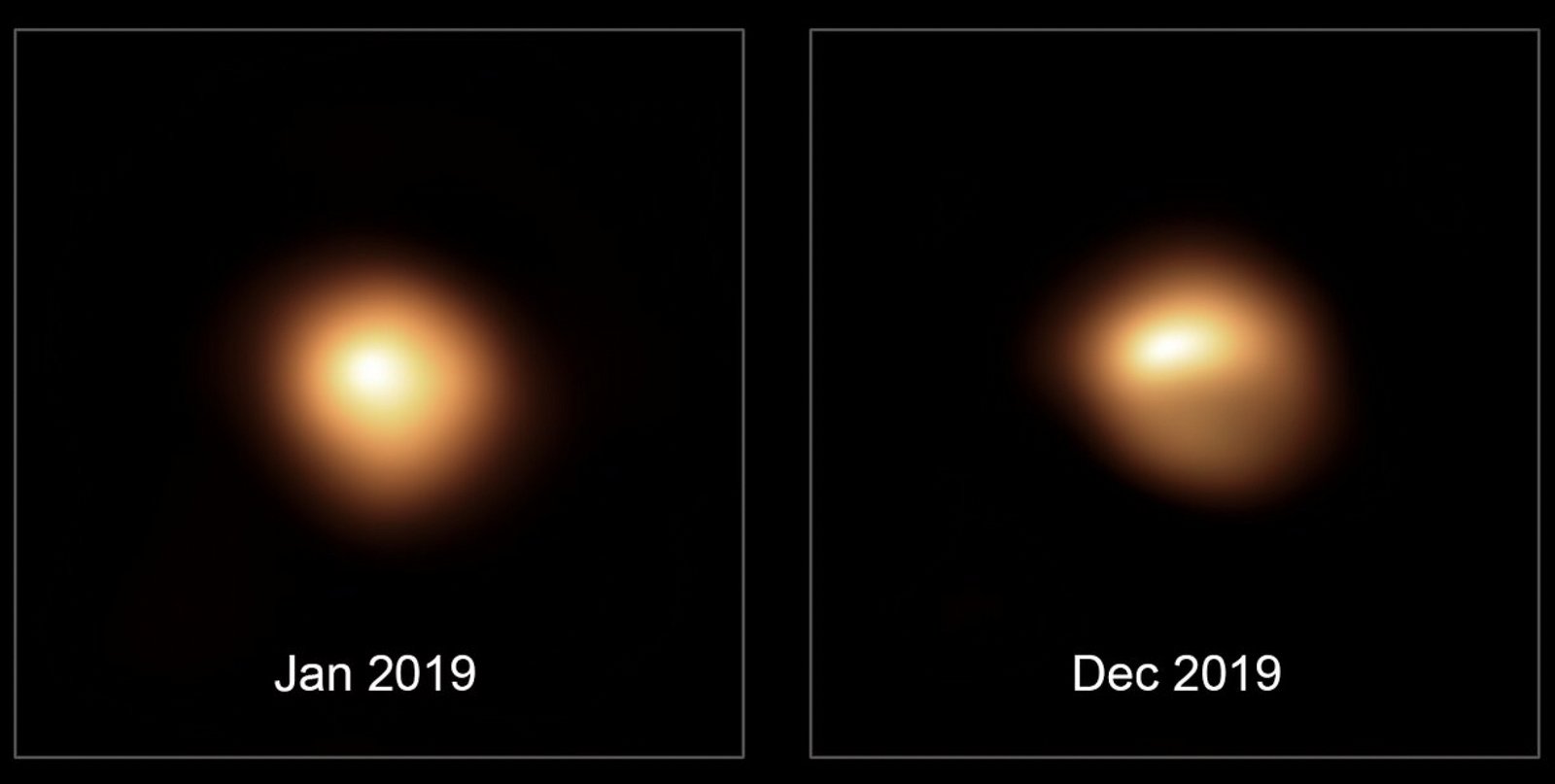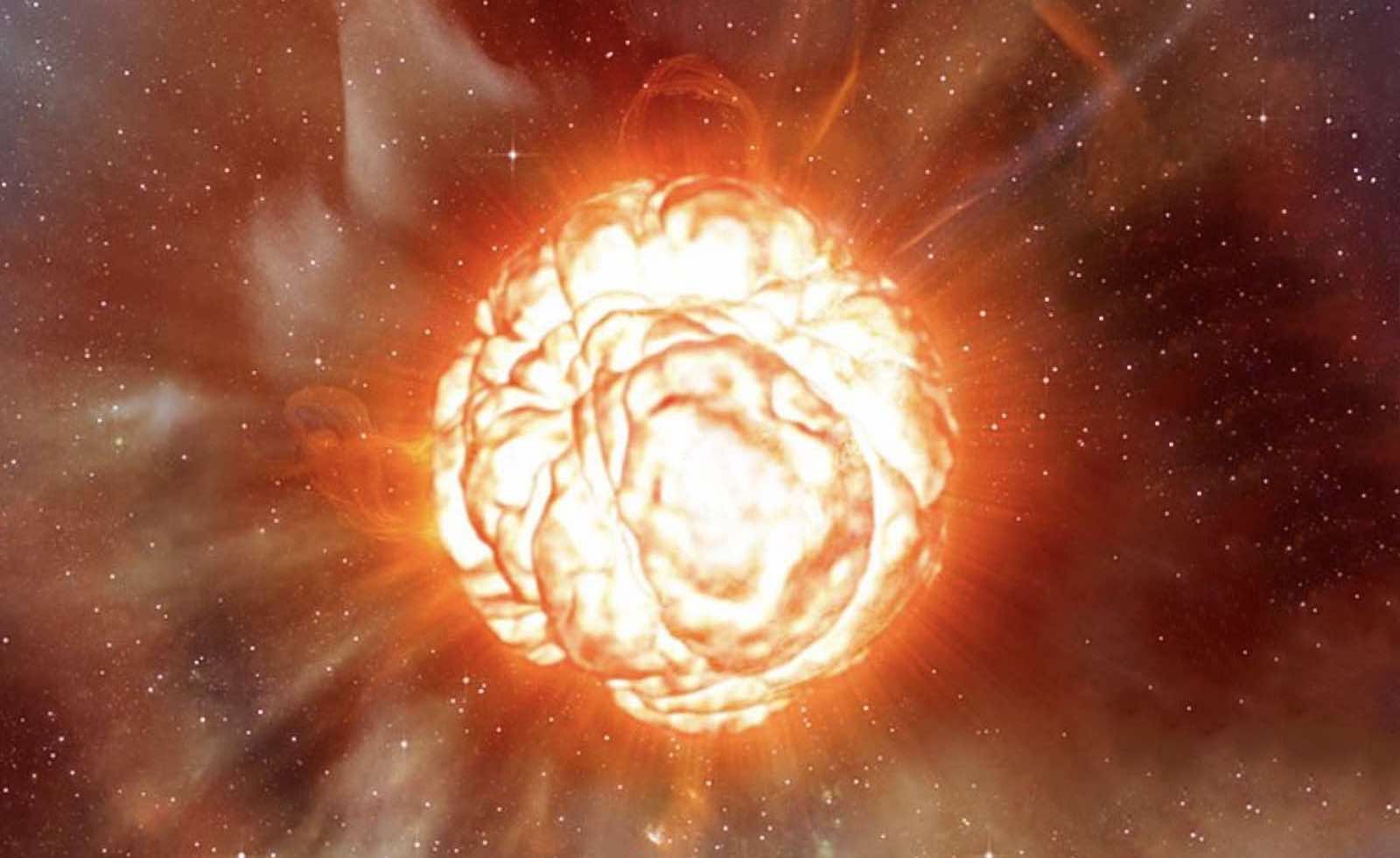

Welcome to this week’s edition of The Intelligence Brief… in this installment, a stellar mystery that has baffled astronomers in recent years may have finally been solved. We’ll be looking at 1) how the cosmic mystery involving the “great dimming” of Betelgeuse unfolded, 2) clues offered by astrophysicists in recent years as to why it might have occurred, and 3) how a team of researchers believe they might have finally resolved the mystery with the help of weather sateliites.
Quote of the Week
“Equipped with his five senses, man explores the universe around him and calls the adventure Science.”
-Edwin Hubble
A few of the stories we’re covering at The Debrief in recent days includes Kenna Castleberry’s recent coverage of whether one of the most famous physics experiments of all time migt have finally been solved. Also, recent documents have revealed alleged Russian PSYOP instructions for dealing with Ukrainians. And in science news, new research details the possible links between certain proteins like proline and depression.
The Darkening of Betelguese: A Modern Mystery
In 2019, a cosmic mystery began to unfold in the night sky, generating intrigue—and even concern—among some in the astronomical community.
Betelgeuse, one of the most recognizable stars in the night sky both for being the tenth brightest and a part of the Orion constellation, began to lose some of its shimmer as this ancient stellar fixture began to darken.
Astronomers were perplexed as to what the cause might be, and theories ranged from the possibility that eruptions of gas or dust might have produced clouds encircling parts of the star that intermittently blocked its light. Others proposed that the strange and apparently sudden dimming could simply be a part of the star’s natural six-year light cycle.


Proponents of the star-cycle interpretation included Villanova University astronomers Richard Wasatonic and Edward Guinan, as well as an amateur Thomas Calderwood, who had been the first to recognize that Betelgeuse appeared to be dimming. However, additional data collected with the the Hubble Space Telescope sometime later appeared to give new weight to the theory that dust particulates were blanketing Betelgeuse, shielding some of its light from the view of Earth’s astronomers.
Now, astronomers may have finally solved the mystery of the star’s strange behavior, although getting to this point has been both a challenge, and also an opportunity for astronomers to expand our knowledge of the lifecycles of stars. So what have we learned, and what brought us to this point?
A Complex Mystery is Mirrored by a “Monster Star”
Astrophysicist Roberta Humphreys with the University of Minnesota, Minneapolis, said in 2021 that similar odd behavior observed regarding the “monster star” VY Canis Majoris might represent another example of the mechanism behind the dimming of Betelgeuse.
“VY CMa is an evolved star, a red supergiant, meaning it is nearing the end of its short life,” Humphreys told The Debrief in an email. Citing “massive ejections of material which correspond to its very deep fading,” Humphreys she said these were “probably due to dust that temporarily blocks light from the star.”
Professor Humphreys also noted last year that while similar to Betelgeuse’s behavior, the dimming of VY Canis Majoris was occurring “on a much larger scale,” providing astronomers a way of getting a better handle on the phenomena behind the mystery of the peculiar behavior exhibited by these red supergiants.
About those red supergiants: these stars are known to possess the greatest radius of any stars ever observed by astronomers. Although they are generally cool as far as stars go, which helps to give them their ruddy appearance, they are also massive, generally containing close to eight times the mass of our own Sun, although in some instances much more.
Which brings us back to the red supergiant Betelgeuse, whose mysterious darkening may now have finally been solved.
As Betelgeuse Dims, New Answers Come to Light
A team of researchers at the University of Tokyo, employing data collected from weather satellites, believe they may have retrieved clues that can help solve the odd behavior of Betelgeuse seen in recent years.
Daisuke Taniguchi , Kazuya Yamazaki and Shinsuke Uno now say that data collected with the Himawari-8 weather satellite, which studies light in the infrared portion of the spectrum and beams it back to Earth each day, looked at data for the years 2017 to 2021. What they found as far as Betelgeuse is concerned was surprising.
Data collected by Himawari-8 was able to provide the researchers a glimpse at Betelguese for virtually every day within the period of study. Along with evidence that the temperature of the star lessened by as much as 140 Celsius, the team also says that they found evidence that dust obstructing its light from view was indeed behind the strange, darkened appearance.


Although the team believes they have now solved one of the great mysteries of astronomy to have emerged in recent years—confirming what many had suspected all along—the new approach involving weather satellites may represent a useful tool for astronomers going forward, helping to collect and study data about stellar phenomena like the “great dimming” of Betelgeuse.
That concludes this week’s installment of The Intelligence Brief. You can read past editions of The Intelligence Brief at our website, or if you found this installment online, don’t forget to subscribe and get future email editions from us here. Also, if you have a tip or other information you’d like to send along directly to me, you can email me at micah [@] thedebrief [dot] org, or Tweet at me @MicahHanks.


Here are the top stories we’re covering right now…
- Could Depression Be Linked To Certain Proteins In Our Food?
New research details the possible links between certain proteins like proline and individuals who suffer with depression.
- Top Ufo Patents Since Roswell: Tech Talk
In the latest edition of Tech Talk, The Debrief’s Mr. Stefan Gerhart and Josh Rutledge dive into the murky history of UFO Patents.
- Incursions At The Border: Homeland Security Agents Tell Of Encounters With Unidentified Aerial Phenomena
Sightings and video footage of aerial objects that defied explanation led one Customs and Border Patrol Agent to push for the creation of a UAP Task Force within the DHS.
- The Galactic Trading Card Of Human Civilization
Following the successful touchdown of NASA and Boeing’s new CST-100 Starliner spacecraft, we’ll be looking at what vehicles like Starliner may be able to provide to future orbital operations even beyond the ISS.
- Boeing’s Starliner Touches Down After Successful Mission To The Iss
Following the successful touchdown of NASA and Boeing’s new CST-100 Starliner spacecraft, we’ll be looking at what vehicles like Starliner may be able to provide to future orbital operations even beyond the ISS.
- Interstellar Kites: Galactic Surfing On Light?
Here’s hoping that they are some interstellar environmentalists out there who have already started to clean our cosmic neighborhood.
- Good News About Blueberries, This Fruit Can Help Reduce Risk For Prediabetes And Dementia
A recent study has linked the consumption of blueberries with lower risks of dementia as well as prediabetes.
- Russia Using Smartphone “Game” To Recruit Ukrainian Children as Unwitting Spies
Russian intelligence is using smartphone games to turn children into unwitting spies to help locate Ukrainian military and strategic installations.
- Navy Funding Drone that Can Fly for 10 Days Straight
The United States Navy is investing in a record-breaking drone that can stay aloft without refueling for up to ten days.
- Adam and Eve and the Garden of AI: Looking at Human Origins
Artificial intelligence, or AI, is helping to better preserve the past, and connect it to the present. From composing symphonies to archiving wine pedigrees, this technology is making science more streamlined.
- The Next Space Race is for Satellite Parking Spaces in Earth’s Orbit
Fierce competition for satellite parking spots in orbit is pointing to an increasingly complex future for space operations.
- Scientists Want to Send A Message Across the Galaxy. Will ET Understand?
While some scientists worry about contacting ET, others doubt we’ll hear anything back (at least any time soon).
- The Curious Case of Project Blue Book Incident 88
“Incident 88”, a multiple witness sighting in the Project Blue Book files remains a cold case… and leaves us with many questions.
- Know No Mercy: The Russian Cops Who Tried To Storm Kyiv By Themselves
In an exclusive feature, this is the insane and previously untold story of a group of Russian cops who tried to storm the Ukrainian capital of Kyiv by themselves.
- Ariel Phenomenon Documentary: A Journey Worth Taking
The long-awaited documentary about a 1994 UFO sighting by students at the Ariel School in Zimbabwe is an emotional journey worth taking.
- A Genetic Mutation Can Boost Your Intelligence…But Also Cause You to Go Blind
There is no standard definition of intelligence. From book smarts to street smarts, the definition of intelligence varies from person to person.
- Congressional Hearings on UAP: Four Surprises That Came Up During Tuesday’s House Panel
In this installment of The Intelligence Brief, we’ll be looking at key points – and several surprises – that were touched on during Tuesday’s Congressional hearings on UAP.
- Reflections On the First Congressional Hearing on Unidentified Aerial Objects in Half a Century
In the aftermath of Congressional hearing on UAP, it is clear governments and scientists must work together to determine their nature.
- What Do They Know About Us? As the U.S. military and scientific groups continue trying to learn about UAP, maybe we should consider what the phenomena could know about us.
As the U.S. military and scientific groups continue trying to learn about UAP, maybe we should consider what the phenomena could know about us.
- Complete Transcript of Congress’s Historic Hearing on Unidentified Aerial Phenomena
The complete transcript, including full-resolution versions of the videos shown at the historic Congressional hearing on Unidentified Aerial Phenomena.
